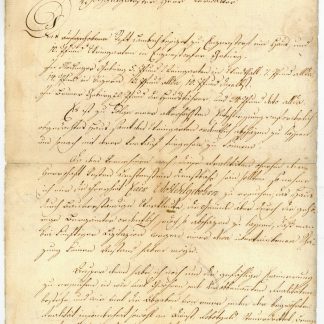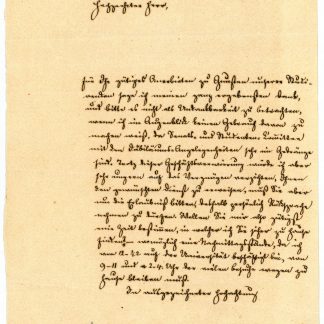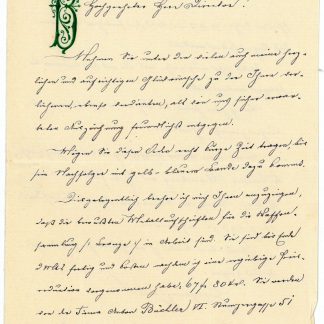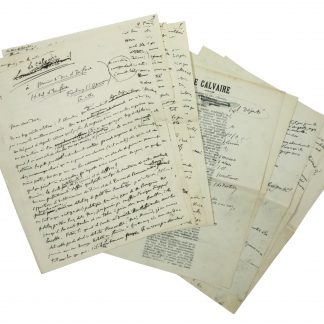"Le calvaire". Autograph manuscript signed and page proofs with autograph corrections.
4to. 5 pp. and 5 pp.
€ 3,500.00
Rare manuscript for an editorial together with the proofs with Clemenceau's corrections for his daily newspaper "L'Homme libre" that was published on 1 June 1914. Written in form of a letter to the "Duc d'En-Face", who can be identified with the royalist deputy Pierre de Blacas d'Aulps, 4th Duke of Blacas, the article is a beautiful document of Clemenceau's wit and journalistic style. The satirical tone of the text is already set by the moniker, ultimately serving the expression of Clemenceau's opposition to president Raymond Poincaré and commenting the impending collapse of the government of Gaston Doumergue on 2 June 1914. Clemenceau underlines that he has the "best memories" of his and Blacas's relations in the chamber, given that they "agreed on nothing", wittily explaining that fellow party members "pull each other by the hair (if any is left)", while with "a good adversary one tries from the first moment to find something to agree upon", akthough his examples for such agreements are rather personal than political. Continuing in a playful and satirical tone, Clemenceau reminds the Duke of his initial support for Poincaré, from which he apparently tried to distance himself in a recent conversation with Clemenceau, while insinuating that Clemenceau supported the president. In reality, Clemenceau was strongly opposed to Poincaré and coined the term "Poincarisme" to criticize his politics, even though he underlines his readiness to revise his opinion: "However, my last word in Versailles was to tell you: Who knows? Maybe one day I will defend him against you". The article culminates in the description of the current political situation of France as a "dolorous Cavalry", which might also be an allusion to the otherwise not mentioned Calmette-affair that ultimately caused the collapse of Doumergue's government. On 16 March 1914 Gaston Calmette, the editor of Le Figaro, was shot in his office by Henriette Caillaux, wife of the former prime minister and current minister of finance Joseph Caillaux, due to a personal press campaign of Le Figaro against her husband.
Somewhat stained and fingerprints over all. One of the manuscript pages cut in two pieces between paragraphs. The print proofs with occasional small tears to the margins.






